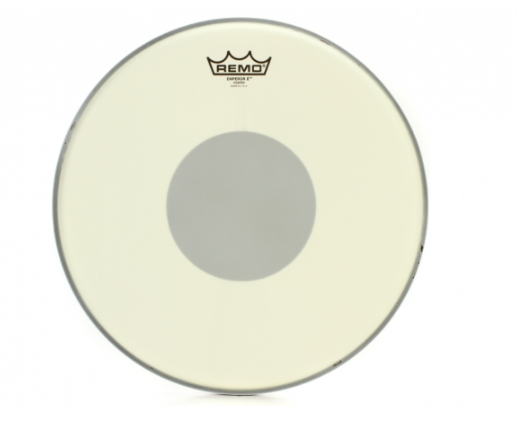Products Category
- FM Transmitter
- 0-50w 50w-1000w 2kw-10kw 10kw+
- TV Transmitter
- 0-50w 50-1kw 2kw-10kw
- FM Antenna
- TV Antenna
- Antenna Accessory
- Cable Connector Power Splitter Dummy Load
- RF Transistor
- Power Supply
- Audio Equipments
- DTV Front End Equipment
- Link System
- STL system Microwave Link system
- FM Radio
- Power Meter
- Other Products
- Special for Coronavirus
Products Tags
Fmuser Sites
- es.fmuser.net
- it.fmuser.net
- fr.fmuser.net
- de.fmuser.net
- af.fmuser.net ->Afrikaans
- sq.fmuser.net ->Albanian
- ar.fmuser.net ->Arabic
- hy.fmuser.net ->Armenian
- az.fmuser.net ->Azerbaijani
- eu.fmuser.net ->Basque
- be.fmuser.net ->Belarusian
- bg.fmuser.net ->Bulgarian
- ca.fmuser.net ->Catalan
- zh-CN.fmuser.net ->Chinese (Simplified)
- zh-TW.fmuser.net ->Chinese (Traditional)
- hr.fmuser.net ->Croatian
- cs.fmuser.net ->Czech
- da.fmuser.net ->Danish
- nl.fmuser.net ->Dutch
- et.fmuser.net ->Estonian
- tl.fmuser.net ->Filipino
- fi.fmuser.net ->Finnish
- fr.fmuser.net ->French
- gl.fmuser.net ->Galician
- ka.fmuser.net ->Georgian
- de.fmuser.net ->German
- el.fmuser.net ->Greek
- ht.fmuser.net ->Haitian Creole
- iw.fmuser.net ->Hebrew
- hi.fmuser.net ->Hindi
- hu.fmuser.net ->Hungarian
- is.fmuser.net ->Icelandic
- id.fmuser.net ->Indonesian
- ga.fmuser.net ->Irish
- it.fmuser.net ->Italian
- ja.fmuser.net ->Japanese
- ko.fmuser.net ->Korean
- lv.fmuser.net ->Latvian
- lt.fmuser.net ->Lithuanian
- mk.fmuser.net ->Macedonian
- ms.fmuser.net ->Malay
- mt.fmuser.net ->Maltese
- no.fmuser.net ->Norwegian
- fa.fmuser.net ->Persian
- pl.fmuser.net ->Polish
- pt.fmuser.net ->Portuguese
- ro.fmuser.net ->Romanian
- ru.fmuser.net ->Russian
- sr.fmuser.net ->Serbian
- sk.fmuser.net ->Slovak
- sl.fmuser.net ->Slovenian
- es.fmuser.net ->Spanish
- sw.fmuser.net ->Swahili
- sv.fmuser.net ->Swedish
- th.fmuser.net ->Thai
- tr.fmuser.net ->Turkish
- uk.fmuser.net ->Ukrainian
- ur.fmuser.net ->Urdu
- vi.fmuser.net ->Vietnamese
- cy.fmuser.net ->Welsh
- yi.fmuser.net ->Yiddish
How to Use Dual Compressors on Vocals
Date:2020/3/13 10:21:52 Hits:

Two compressors for Vocals?
Sure, why not? There are actually a couple of ways to use multiple compressors when recording or mixing vocals. The idea is to use a faster compressor to control peaks and a slower compressor to more gently control the dynamics of the performance. Each will provide its own color, which gives you a wide palette of sonic possibilities. Start with different types of compressors in the signal chain, one following the other. For example, you might use a faster compressor, such as an Universal Audio 1176LN or with a fairly high compression ratio to control more outrageous peaks, and a slower compressor (such as a Tube-Tech CL 1B or Manley ELOP or another optical compressor) with milder settings to smooth a bit more. Working in the box? Then choose plug-in compressors that either emulate these types of hardware units or offer similar character and response.
If you put the faster, more aggressive compressor first, it will tame those peaks and give the second compressor a smoother signal to work on. This can prevent the second compressor from pumping, while allowing the character of both compressors to come through. But that’s not the only way to do it; put the compressor with the gentler settings first and you’ll gently control the dynamics of the performance, then add the more aggressive compressor to clamp down and color the sound with its own character.
Not all hardware compressors offer control over attack and release times — some don’t even let you choose specific ratios directly (for example, the legendary Universal Audio LA-2A has a switch that lets you choose between compression (essentially a 4:1 compression ratio) and limiting (10:1 compression ratio). But if your compressors allow you to make adjustments to those parameters, consider using a fast attack time and a pretty fast release time with a fairly aggressive compression ratio on the fast compressor to catch transients in the vocals, including plosive sounds. Play with the threshold — a higher threshold means that the fast compressor will primarily react to the largest peaks, while a low threshold will clamp harder on the entire vocal track, imparting a bit more of the character of faster compressor to the vocal track.
The slower compressor can be set with slightly slower attack and release times, for general smoothing. As with the fast compressor, a low threshold for the onset of compression can add more of the tonal character of the unit to the vocal track, while a high threshold reacts primarily to peaks.
Combine two compressors and you’ll have plenty of possibilities for experimentation; play with the order of the compressors, with the threshold of each, with the compression ratios, with attack and release times, and with the balance between the two units; if there’s gain make-up on either (or both) compressor, you can play with that as well, choosing where to make up the gain lost by compression.
One suggestion, though: do most of your experimentation before you have the artist in front of the mic and ready to go; you don’t want to wear them out while you’re having fun playing with sounds.
Leave a message
Message List
Comments Loading...





